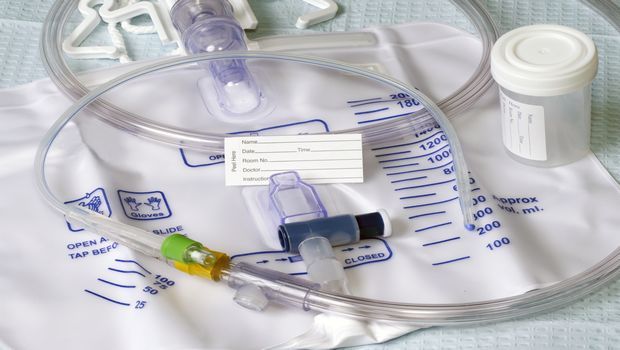Joint Commission Issues Report on Rationale for New and Revised National Patient Safety Goals

Catheter-associated urinary tract infections (CAUTIs) are a common healthcare-associated infection. The Joint Commission today released a new R3 Report that provides the rationale and references behind its new National Patient Safety Goal (NPSG) on CAUTIs for nursing care centers, along with an updated goal for hospitals and critical access hospitals.
“An estimated 1 to 3 million healthcare-associated infections strike nursing home residents annually, and many of these are infections related to urinary catheters,” said David W. Baker, MD, MPH, FACP, executive vice president, Division of Health Care Quality Evaluation, The Joint Commission. “Catheter-associated urinary tract infections can lead to serious complications and hospitalizations. And, the rate of these infections is even higher for hospital patients. This is why the Joint Commission felt it was important to implement its new National Patient Safety Goal for nursing care centers and an updated goal for hospitals and critical access hospitals to reflect the latest scientific evidence.”
Effective Jan. 1, 2017, the new NPSG for Joint Commission accredited nursing care centers will require nursing care centers to “implement evidence-based practices to prevent indwelling CAUTIs.”
The same NPSG, already applicable to accredited hospitals and critical access hospitals, includes several revisions to its elements of performance (EPs) to align with current scientific evidence as documented in the 2014 update to A Compendium of Strategies to Prevent Healthcare-Associated Infections in Acute Care Hospitals. The new EPs include:
• Educate staff and licensed independent practitioners involved in the use of indwelling urinary catheters about CAUTI and the importance of infection prevention.
• Develop written criteria, using established evidence-based guidelines, for placement of an indwelling urinary catheter.
• Follow written procedures based on established evidence-based guidelines for inserting and maintaining an indwelling urinary catheter.
• Measure and monitor CAUTI prevention processes and outcomes in high-volume areas.
The Joint Commission anticipates the new and revised NPSGs will improve patient safety and quality of care by reducing morbidity and mortality, as well as health care costs and length of stays associated with CAUTIs. The R3 Report is available HERE.
Joint Commission.
Uncovering a Hidden Risk: Alcohol Use Disorder Significantly Increases C difficile Infection Rates
April 10th 2025A groundbreaking study reveals a strong connection between alcohol use disorder and increased risk for Clostridioides difficile infection, challenging traditional assumptions and calling for enhanced infection prevention protocols.